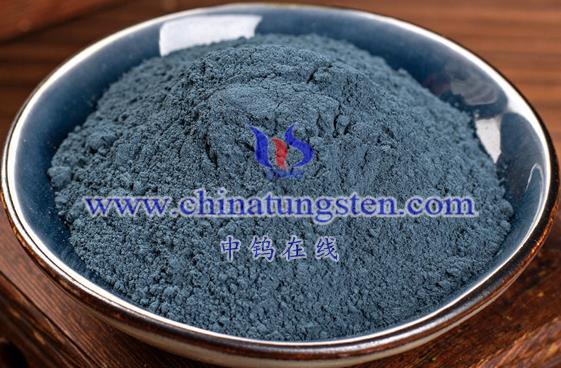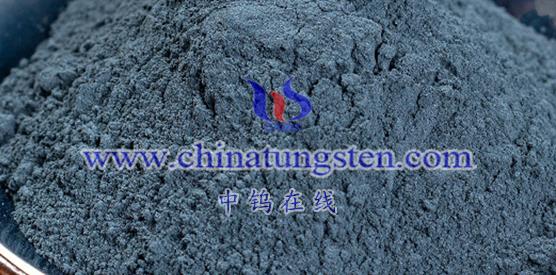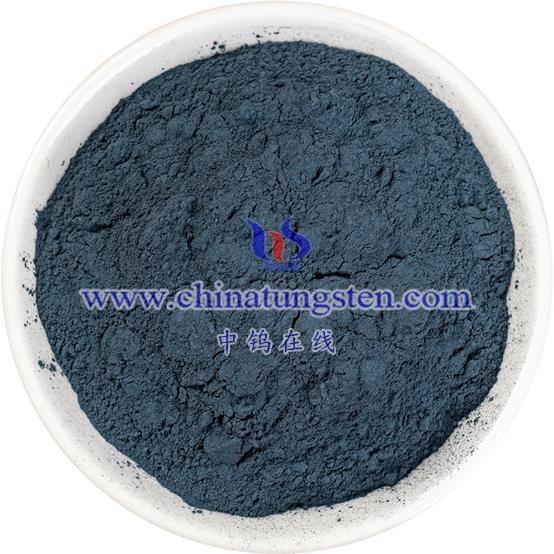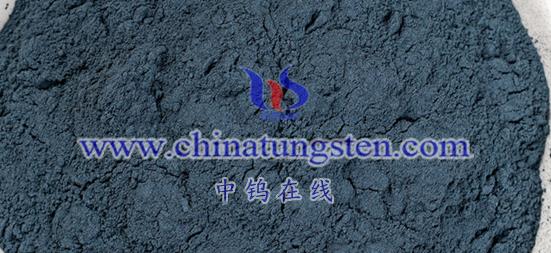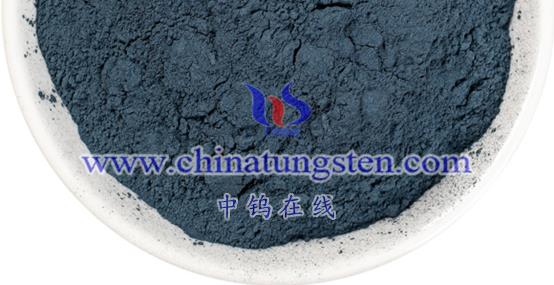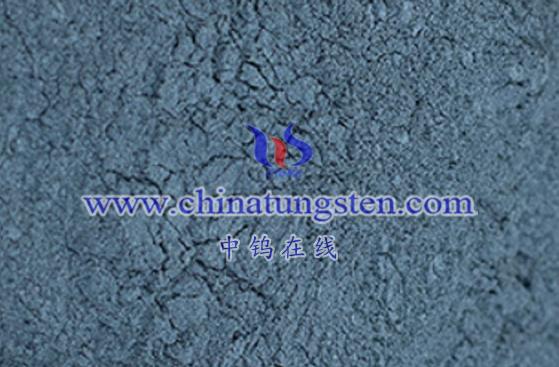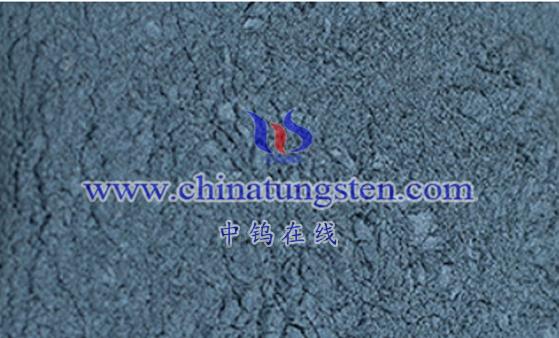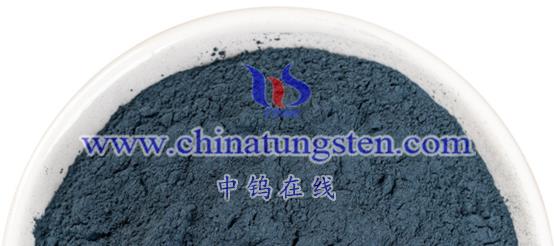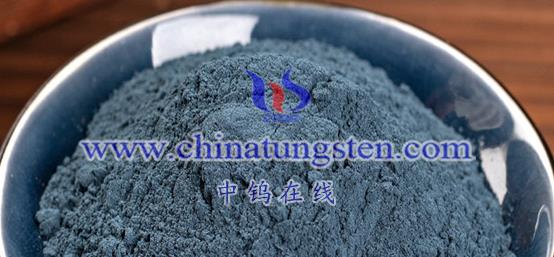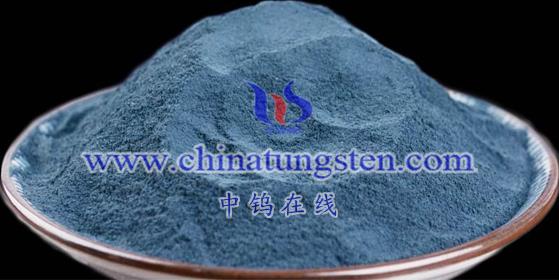
By adjusting the particle size, morphology, or surface structure of nano tungsten oxide, its performance can be significantly optimized to meet the needs of various applications. Below are specific optimization methods and their impacts:
- Adjusting the Particle Size of Nano Tungsten Oxide
Methods for Adjusting Particle Size:
- Chemical Synthesis Methods:
Techniques like sol-gel, hydrothermal, and microwave synthesis can control particle size by manipulating reaction conditions such as temperature, time, and concentration. - Physical Preparation Methods:
Methods such as sputtering and thermal vapor deposition can adjust particle size by changing parameters like sputtering power and deposition time.
As the particle size decreases, the specific surface area of nano tungsten oxide increases, enhancing surface energy, which improves catalytic activity and reaction rates.
Smaller particle sizes can also lead to quantum size effects in nano materials, altering their optical and electrical properties. For example, in photocatalysis, smaller particle sizes can increase light absorption efficiency and the separation efficiency of photogenerated charge carriers.
- Controlling the Morphology of Nano Tungsten Oxide
Methods for Morphology Control:
- Chemical Synthesis Methods:
Template methods, self-assembly, and other approaches can produce specific morphologies of nano tungsten oxide, such as spherical, rod-like, sheet-like, or flower-like shapes, by introducing templates or controlling reaction conditions. - Physical Preparation Methods:
Vapor deposition and ion beam etching can also produce specific morphologies by adjusting processing parameters.
Impact of Morphology Control:
Different morphologies of nano tungsten oxide provide varied surface structures and exposed active sites, influencing its catalytic and adsorption properties. For instance, rod-like nano tungsten oxide might have better electron transport performance, while sheet-like tungsten oxide could offer a larger surface area and more adsorption sites.
Morphology control also affects optical properties such as light absorption and scattering. By optimizing morphology, the optical performance of nano tungsten oxide can be precisely tuned.
- Constructing Surface Structures on Nano Tungsten Oxide
Methods for Surface Structure Modification:
- Surface Modification:
Chemical or physical methods can introduce new functional groups, ions, or molecules onto the surface of nano tungsten oxide to change its surface structure and properties. For example, surface modifiers can control the size and shape of nanoparticles or introduce new cations and anions to form surface heterojunctions. - Vapor Deposition, Ion Implantation:
These methods can create new layered or doped structures on the surface of nano tungsten oxide, altering its surface properties.
Impact of Surface Structure Modification:
Constructing surface structures can significantly enhance the catalytic activity, selectivity, and stability of nano tungsten oxide. In catalysis, for example, forming surface heterojunctions can promote the separation and transport of electrons and holes, boosting catalytic efficiency. Surface modification can also improve the material’s ability to adsorb specific gases, enhancing gas sensing performance.
In optoelectronic applications, surface structure modification can regulate the light absorption and emission properties of nano tungsten oxide, leading to improved photoelectric conversion efficiency.
Conclusion
By adjusting the particle size, morphology, or surface structure of nano tungsten oxide, its performance can be finely tuned and optimized. These optimization techniques not only improve catalytic activity, adsorption capabilities, and other properties, but also expand its application potential in catalysis, sensing, and optoelectronics.
More details of tungsten oxide product, please visit website: tungsten-oxide.com
Please contact CHINATUNGSTEN for inquiry and order of tungsten oxide:
Email: sales@chinatungsten.com
Tel.: 86 592 5129595
